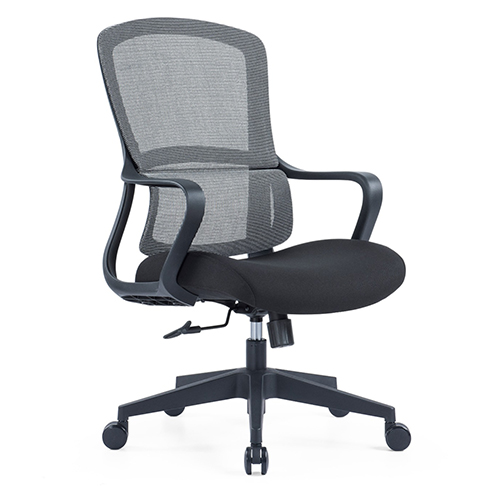In today’s fast-paced work environment, maintaining optimal comfort and productivity is essential for employees’ well-being and performance. Ergonomic chairs have emerged as a popular solution to address the ergonomic needs of modern office workers. Let’s explore the benefits of ergonomic chairs and how they can contribute to a healthier and more efficient workplace.
Understanding Ergonomic Chairs
What are ergonomic chairs?
Ergonomic chairs are specially designed office chairs that provide adjustable support and promote proper posture alignment, reducing the risk of musculoskeletal disorders and enhancing comfort during prolonged periods of sitting.
Importance of ergonomic design
The ergonomic design of these chairs focuses on supporting the natural curves of the spine, improving blood circulation, and reducing pressure on key areas such as the lower back, shoulders, and neck, resulting in a more comfortable and productive work experience.
Benefits of Ergonomic Chairs
Improved Posture and Comfort
Ergonomic chairs encourage users to maintain a neutral sitting position, with proper alignment of the spine and support for the lumbar region. This helps alleviate strain on the back muscles and reduces the risk of developing posture-related issues such as slouching or hunching over.
Enhanced Support and Adjustability
Ergonomic chairs feature a range of adjustable settings, including seat height, armrests, lumbar support, and recline angle, allowing users to customize the chair according to their individual preferences and body dimensions. This versatility ensures optimal support and comfort for users of varying heights and builds.
Increased Productivity and Focus
By reducing discomfort and fatigue associated with prolonged sitting, ergonomic chairs help employees stay focused and engaged in their work tasks for longer periods. Improved comfort leads to fewer distractions and fewer breaks, resulting in enhanced productivity and task efficiency.
Prevention of Musculoskeletal Disorders
Investing in ergonomic chairs can help prevent common musculoskeletal disorders such as back pain, neck strain, and repetitive strain injuries (RSIs) caused by poor posture and prolonged sitting in non-ergonomic chairs. By promoting proper alignment and providing adequate support, ergonomic chairs mitigate the risk of these debilitating conditions.
Features to Look for in Ergonomic Chairs
Lumbar Support
Look for chairs with adjustable lumbar support that can be positioned to fit the natural curve of your spine, providing essential support to the lower back and reducing pressure on the lumbar region.
Adjustable Armrests
Choose chairs with height-adjustable armrests that allow your arms to rest comfortably at a 90-degree angle, promoting relaxation of the shoulders and minimizing strain on the neck and upper back.
Seat Depth Adjustment
Opt for chairs with seat depth adjustment functionality, allowing you to customize the seat depth to accommodate different leg lengths and ensure proper weight distribution and support for the thighs.
Breathable Material
Select chairs with breathable and moisture-wicking upholstery materials such as mesh or fabric, which promote air circulation and prevent overheating and sweating, especially during long hours of sitting.
Conclusion
Ergonomic chairs play a crucial role in creating a comfortable and supportive work environment that prioritizes employee health and well-being. By investing in ergonomic chairs, employers can reduce the risk of musculoskeletal disorders, improve productivity, and enhance overall job satisfaction among employees.
FAQs
Are ergonomic chairs suitable for all body types?
Yes, ergonomic chairs are designed to accommodate a wide range of body types and sizes, with adjustable features that can be customized to fit individual preferences and dimensions.
Can ergonomic chairs be used in home offices?
Absolutely! Ergonomic chairs are suitable for both corporate offices and home workspaces, providing essential support and comfort for individuals who spend extended periods sitting at a desk.
Do ergonomic chairs require assembly?
Most ergonomic chairs come with straightforward assembly instructions and can be easily assembled using basic tools. However, some models may require professional assembly or assistance.
Are ergonomic chairs more expensive than traditional office chairs?
While ergonomic chairs may have a higher upfront cost compared to traditional office chairs, they offer long-term benefits in terms of improved comfort, productivity, and employee health, making them a worthwhile investment.
Can ergonomic chairs be used in other settings besides offices?
Yes, ergonomic chairs can be used in various settings, including conference rooms, meeting spaces, and even gaming rooms, providing comfortable seating options for different activities and environments.


